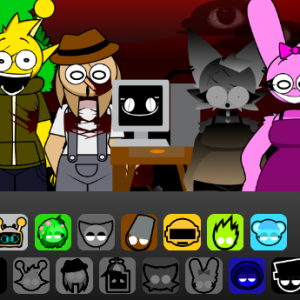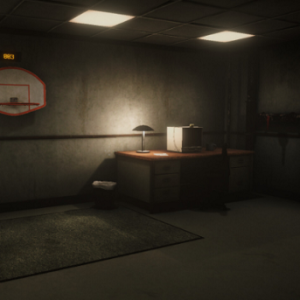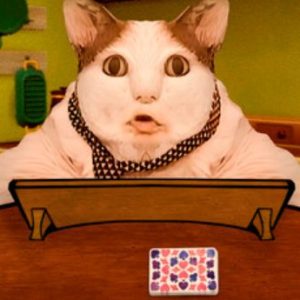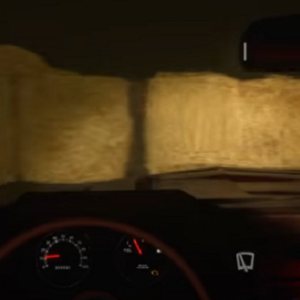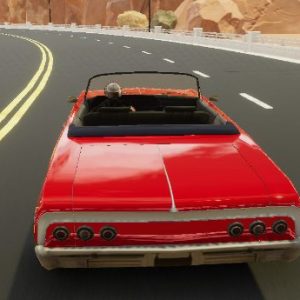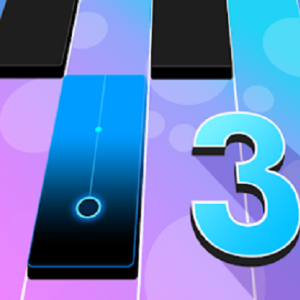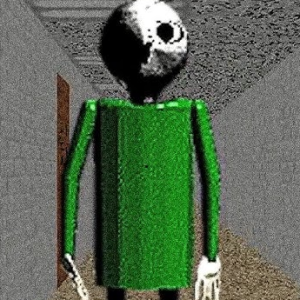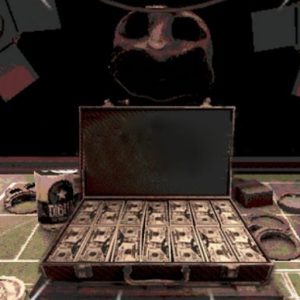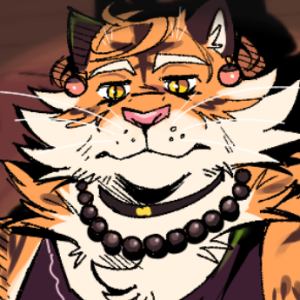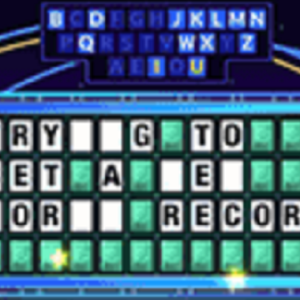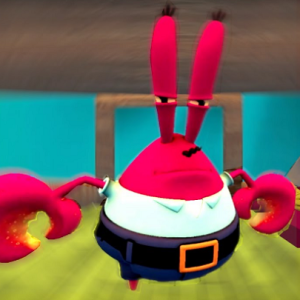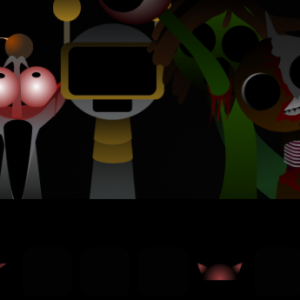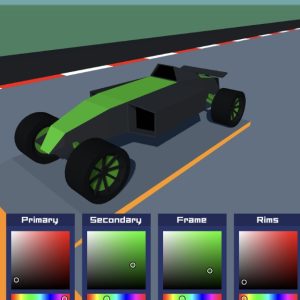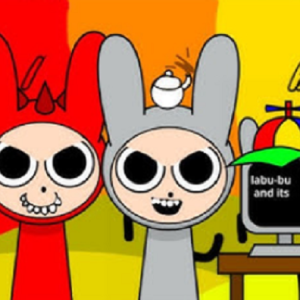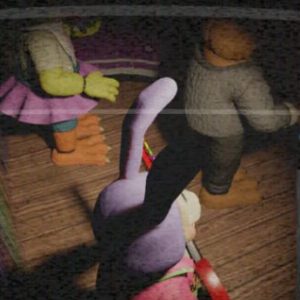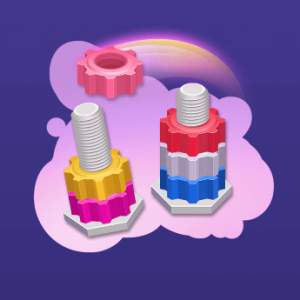Similiar games
Sprunki Wenda Treatment New Human takes the foundational mechanics of interactive music building and recontextualizes them within an altered, unsettling environment. The game departs from its more stylized roots by presenting characters that closely resemble human forms, yet remain expressionless and unnerving. These figures, placed within an atmosphere of flickering lights and degraded architecture, shape both the audio and emotional tone of the game. Each input feels like triggering a memory that never finishes playing.
A Soundscape Built From Disconnection
The core gameplay remains familiar: place figures into the grid to layer audio loops. However, in this version, the loops are broken, stretched, or interrupted. Sounds echo briefly, then vanish. Rhythms appear only to fall out of sync. Instead of building toward a satisfying beat, the system pushes players into creating compositions that feel tense or incomplete—intentionally. This lack of closure reinforces the game’s focus on discomfort, memory loss, and psychological distance.
Elements That Define The Experience
Every layer in Sprunki Wenda Treatment New Human works toward a fragmented whole. There is no tutorial, no dialogue, and no narrative exposition. The experience relies entirely on player interpretation. Interactions are minimal but purposeful, and the meaning must be drawn from how the pieces interact—not just sonically, but visually as well.
Notable mechanics include:
- Static-filled visuals that respond to audio sequences
- Glitch-based loops that shift character behavior
- Characters designed with near-human anatomy
- Interface adjustments that react to silent combinations
- No score or ending, only progression through mood
Space To Observe And Influence
What makes this version distinct is how it allows sound to act like a language with no translation. Players aren’t just layering rhythms—they are constructing an emotional space. Every loop placed becomes part of a structure that seems alive but hesitant. The interface supports slow interaction, encouraging players to try, wait, remove, and replace until something emotionally clicks.
Sprunki Wenda Treatment New Human doesn’t give players direct answers. It presents an audio-visual system shaped by subtle tension, where musical loops are used to explore the feeling of being human—or almost human. It’s not a performance, and not a puzzle. It’s a simulation of disconnection, where players can create their own logic from fragments, pauses, and what’s left unsaid.


